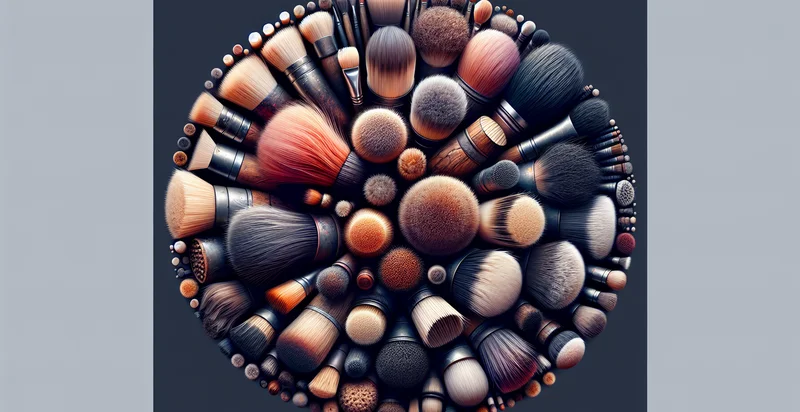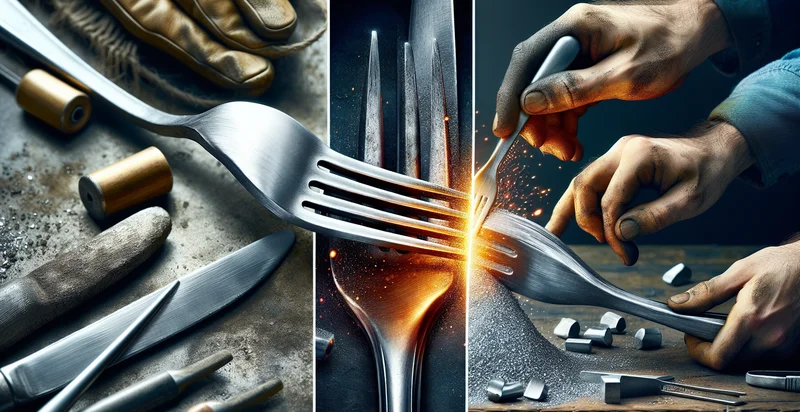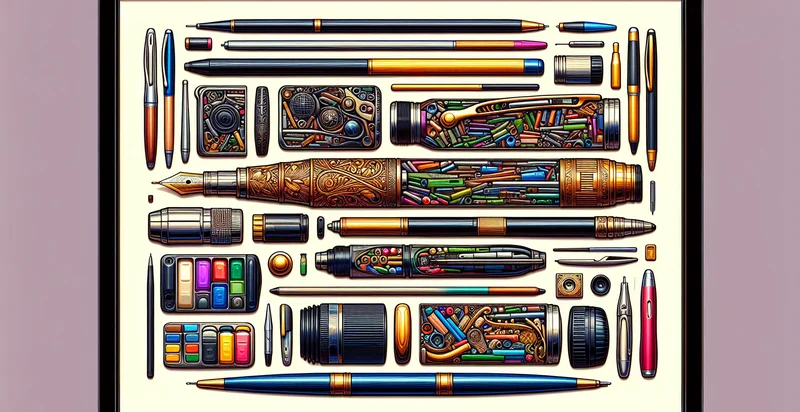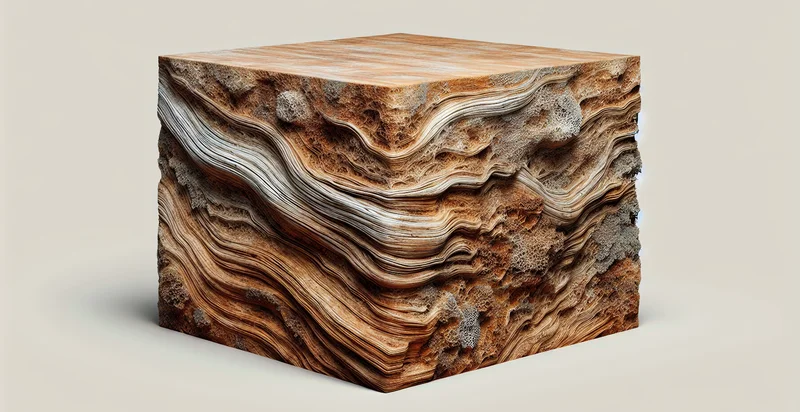Identify what material a brush is made from
using AI
Below is a free classifier to identify what material a brush is made from. Just upload your image, and our AI will predict what material a brush is made from - in just seconds.

Contact us for API access
Or, use Nyckel to build highly-accurate custom classifiers in just minutes. No PhD required.
Get started
import nyckel
credentials = nyckel.Credentials("YOUR_CLIENT_ID", "YOUR_CLIENT_SECRET")
nyckel.invoke("what-material-a-brush-is-made-from", "your_image_url", credentials)
fetch('https://www.nyckel.com/v1/functions/what-material-a-brush-is-made-from/invoke', {
method: 'POST',
headers: {
'Authorization': 'Bearer ' + 'YOUR_BEARER_TOKEN',
'Content-Type': 'application/json',
},
body: JSON.stringify(
{"data": "your_image_url"}
)
})
.then(response => response.json())
.then(data => console.log(data));
curl -X POST \
-H "Content-Type: application/json" \
-H "Authorization: Bearer YOUR_BEARER_TOKEN" \
-d '{"data": "your_image_url"}' \
https://www.nyckel.com/v1/functions/what-material-a-brush-is-made-from/invoke
How this classifier works
To start, upload your image. Our AI tool will then predict what material a brush is made from.
This pretrained image model uses a Nyckel-created dataset and has 15 labels, including Aluminum, Bamboo, Brass, Ceramic, Copper, Foam, Glass, Metal, Natural Hair and Nylon.
We'll also show a confidence score (the higher the number, the more confident the AI model is around what material a brush is made from).
Whether you're just curious or building what material a brush is made from detection into your application, we hope our classifier proves helpful.
Related Classifiers
Need to identify what material a brush is made from at scale?
Get API or Zapier access to this classifier for free. It's perfect for:
- Material Quality Assessment: This function can help manufacturers assess the quality of brushes used in production by identifying the materials. By ensuring that only high-quality materials are utilized, manufacturers can maintain product standards and reduce defects in their final products.
- Supply Chain Transparency: Businesses can employ this function to verify the materials used in brushes sourced from suppliers. Ensuring that suppliers provide brushes made of specified materials can help companies maintain compliance with industry regulations and ethical sourcing practices.
- Environmental Impact Analysis: This function can assist companies in evaluating the environmental impact of the brushes they utilize. By identifying the materials, businesses can make informed decisions about sustainability initiatives, such as using eco-friendly alternatives where possible.
- Product Development and Innovation: Research and development teams can leverage this functionality to explore new material combinations for brush manufacturing. This can enable the creation of innovative products that enhance performance or cater to niche markets.
- Maintenance and Replacement Recommendations: Businesses in sectors such as construction or automotive can use this function to recommend the right brushes based on material characteristics relevant to specific tasks. This ensures that workers have the appropriate tools for efficiency and safety.
- Customer Support and Assurance: Companies can integrate this function into their customer service operations to provide information about the material composition of brushes. This helps build trust with customers who are concerned about allergens or sensitivities related to specific materials.
- Competitive Analysis: Businesses can utilize this function to analyze the materials used in competing brushes within the market. Understanding competitor offerings can help companies identify gaps in their product lines or opportunities for differentiation based on material quality and performance.


